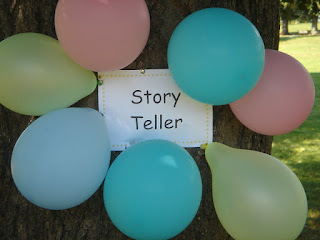Storytelling using NLP

whether you need to build a narrative, product marketing title, or something else, you need the 4MAT Whenever I talk to one of my colleagues, marketers, about building the story or message for a product or company, the question always arises - how to start ? Building a narrative is never a simple task. Even the best storyteller would say that. The question always arises - how do I translate this message into the market. How do I make the story accurate, so that the target audience understands it, and gets excited about it? There is no simple or uniform formula to build the story the narrative. After writing hundreds of marketing articles, value propositions, product positioning, and messages for companies I worked for. I can tell you honestly, this is definitely something that isn’t structured or easy. A few years ago, I came across an interesting model of how to build a lecture structure using NLP the approach, which I think was a good way to start. So, here's th...





